It was a hobby project to send a balloon into the stratosphere: its flight took 3,5 hours and it reached an altitude of 24 km – not much more than the subsequent search for the landing point after its return to the ground. The most important part, therefore, is its design and construction, which took – using only free time, “after hours” – about 2 months. The project was implemented thanks to Sii Passion Sponsorship Program grant.
The balloon’ construction
The construction of the balloon consisted of:
- the balloon,
- landing parachute,
- Air station inside the payload,
- and Ground station.
The payload, constructed according to the original idea, just before the start looked like this:
The Air station
1800mAh 3S Li-Poly battery was used to power the Air station. An additional 1850 Samsung battery was used to power an action camera to ensure its long working time. Because of the low temperature at the high altitudes, Thermopaxx chemical warmers were used to heat the batteries. A foam container with a wall thickness of 2.5 cm was used as an enclosure. The total weight of the payload was about 650 g.
The Air station includes an internal temperature and pressure sensor (BMP280) and an external temperature sensor (DS18B20) connected by I2C and 1-Wire interfaces to the main controller (ESP32). Position of the balloon received from GPS module (NEO-6M) via UART interface. It is not recommended to use the NEO-6M module without reconfiguration, because with the default settings it loses position at high altitudes, ATGM336H is highly recommended instead. Telemetry was delivered in two ways:
- By RTTY transmission to HabHub high altitude balloons tracking system at 437.600MHz. During the launch, about 5 HabHub stations received the signal and send the data to tracker.habhub.org website. Ra-01 SX1278 module is used for this purpose.
- By LoRa transmission to the ground station at 434.125MHz. The ground station displays the current position, temperature, and altitude and saves historical data to internal memory. 433T30D (SX1278 + MCU and amplifier) module is used for LoRa transmission.
The Ground station
The Ground station is based on TTGO T-Display RP2040 board, programmed with embedded Python and powered by a single 18650 Li-pol battery. The Ground station’s LoRa receiver module (433T30D) is based on an SX1278 chip and communicates with the controller by UART.
Initially, it was planned to add a GSM module to the ground station, but GSM created some interferences with RP2040 that caused its reset. The front panel of the station was taken from Thingiverse and the main body with the battery bay was created in FreeCAD (sources and models are in Case folder on GitHub repo).
All received packets are saved to FlyLog.txt file for future processing.
During the flight
Signals from the Air station were received in two ways:
- by the Ground station
- and HabHub network.
The Ground station was saving each received packet into internal memory (Fly log). More technical details about the Ground and Air stations may be found in their subfolders (air station folder has the same name as the project). Thanks to the logging we can see how the temperature was changing outside and inside the payload during the flight:
Also, we can see the pressure change:
The payload was found at a distance of 104 km from the starting point:
Summary
It was a very interesting project that combined different technologies. It could have been more elaborate: we could add more sensors and GSM connected to the cloud from the Ground station, but we ran out of time.
That is why we are planning “Sii to the sky 2″ project – we would like it not to be one big balloon, but a few smaller ones. We want balloons powered by photovoltaics and flown all over Europe!
Below you will find a recording of the flight:
More information about the project can be found on my GitHub:
***
If you are interested in Passion Sponsorship Program, check out the article about Aleksander: Sii Balloon conquered the stratosphere!

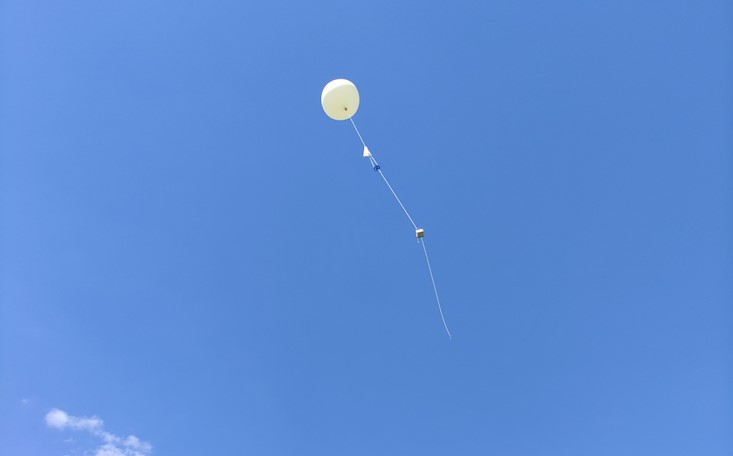

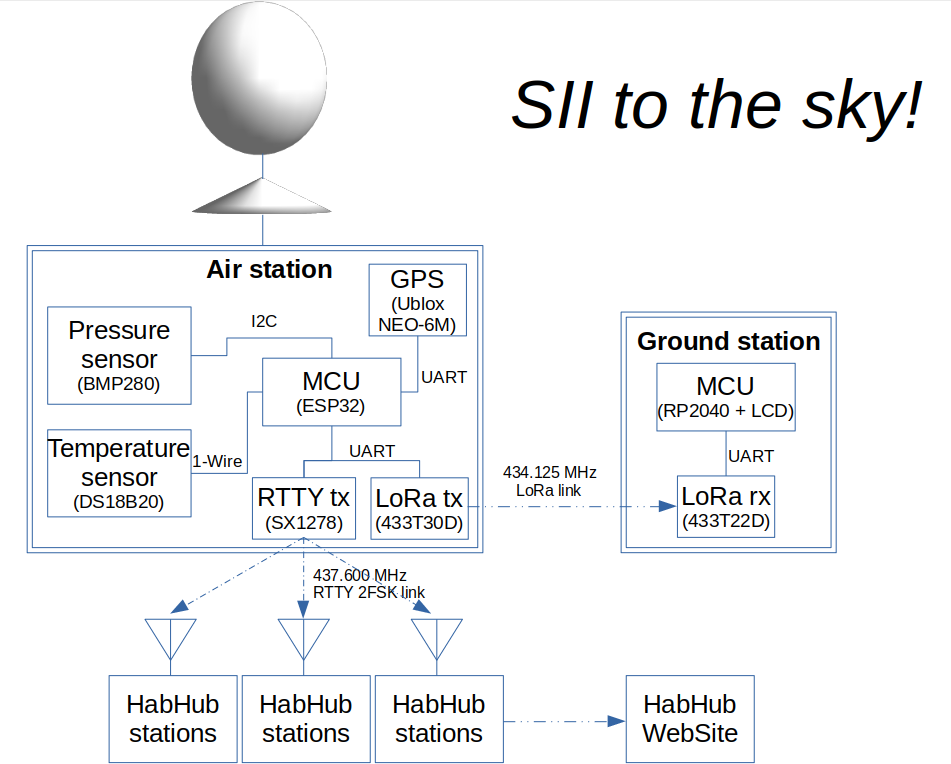
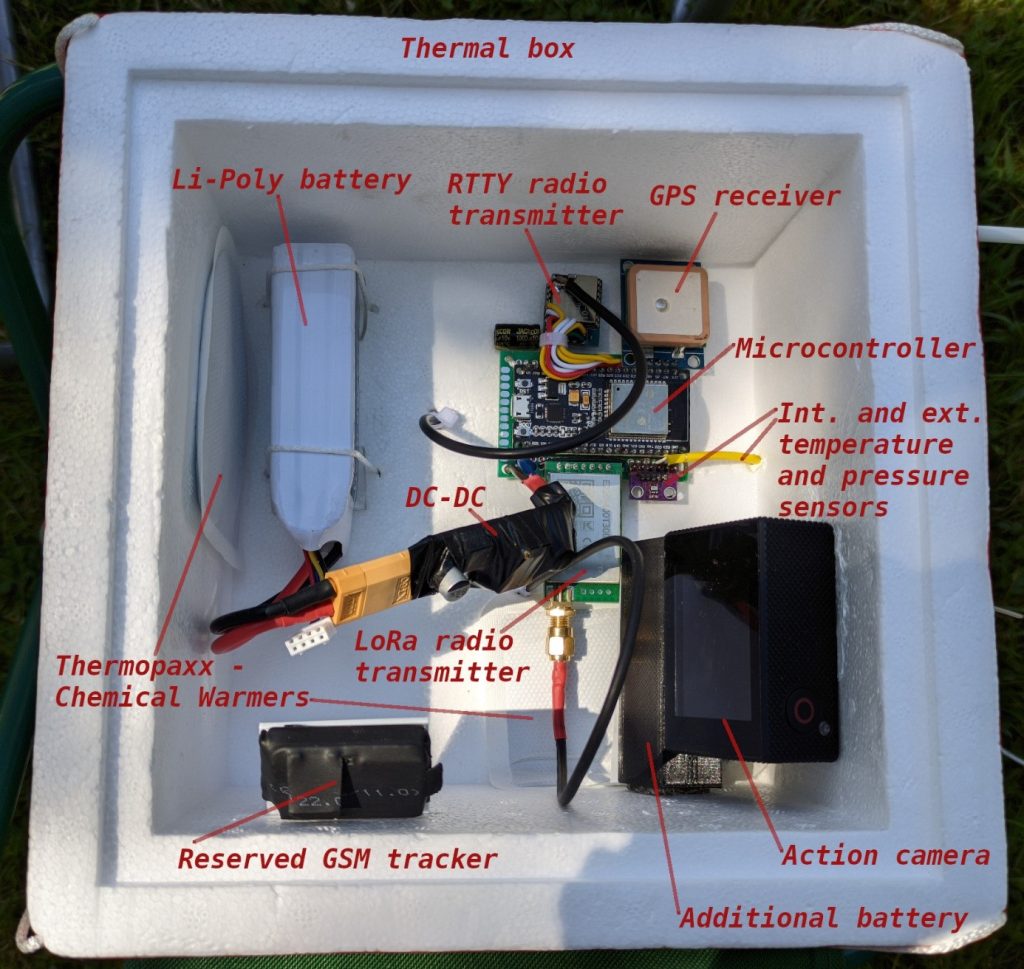
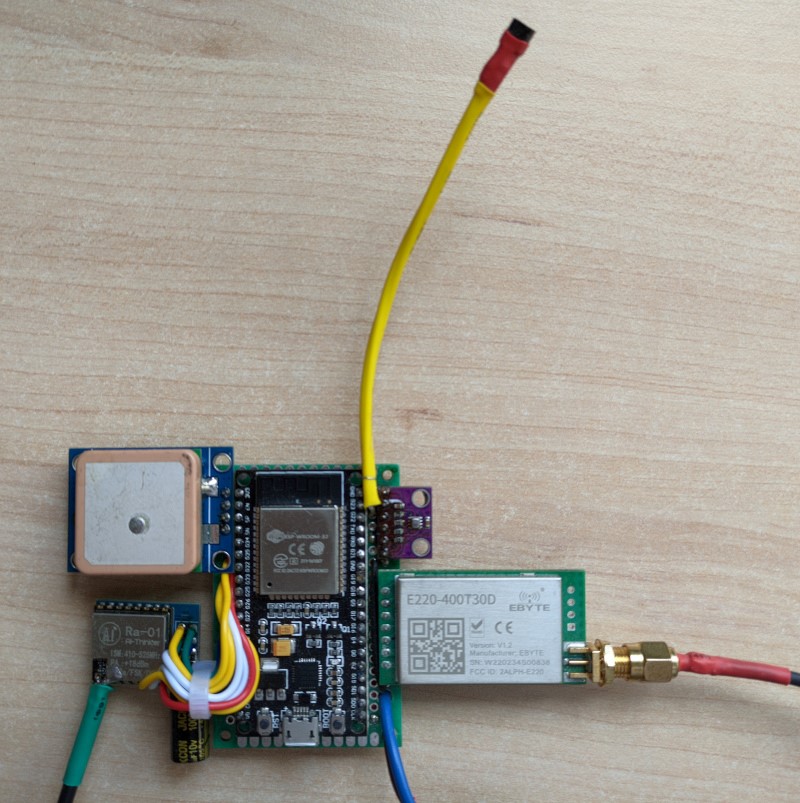
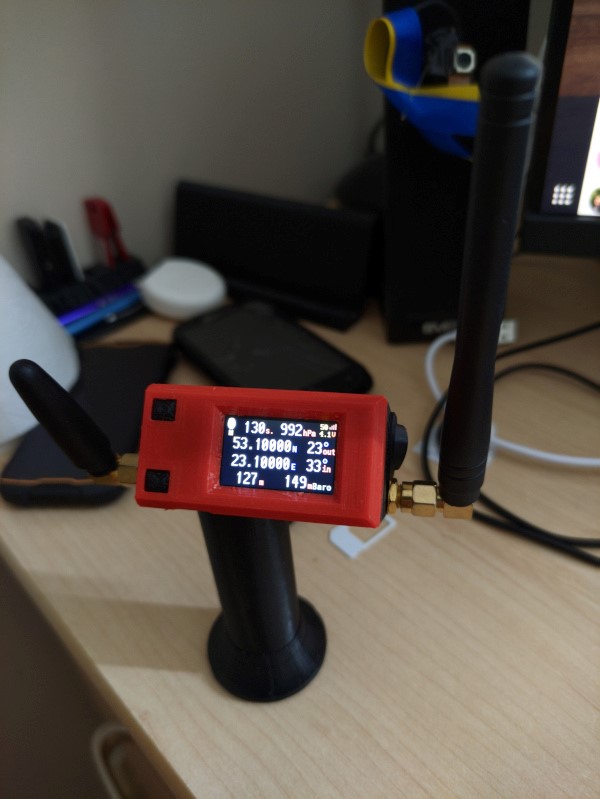
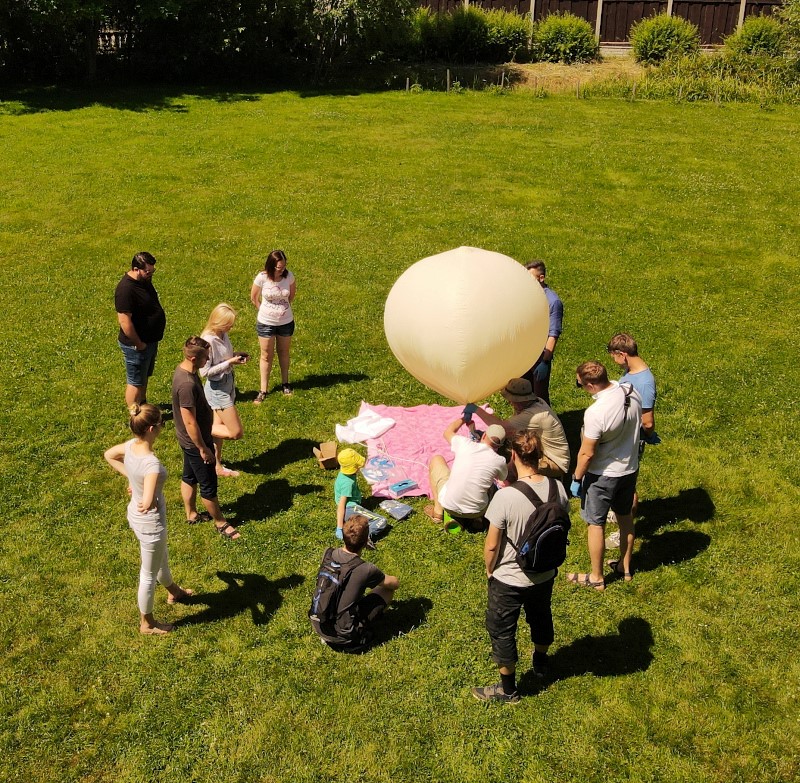
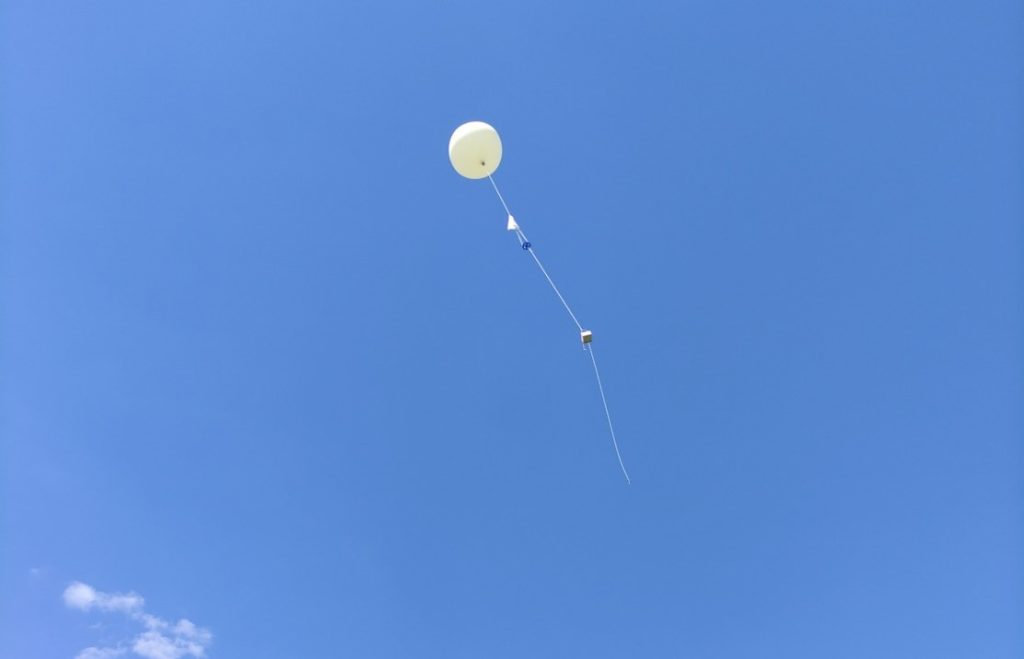
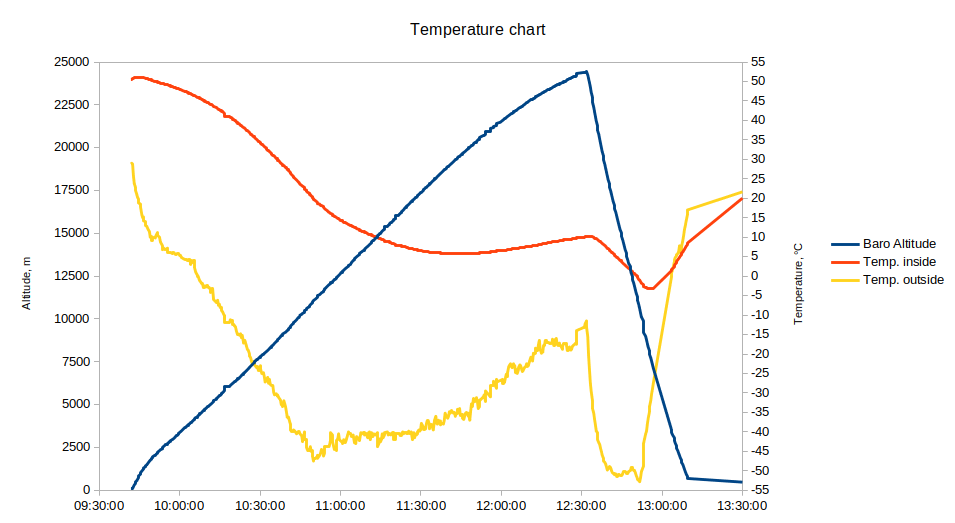
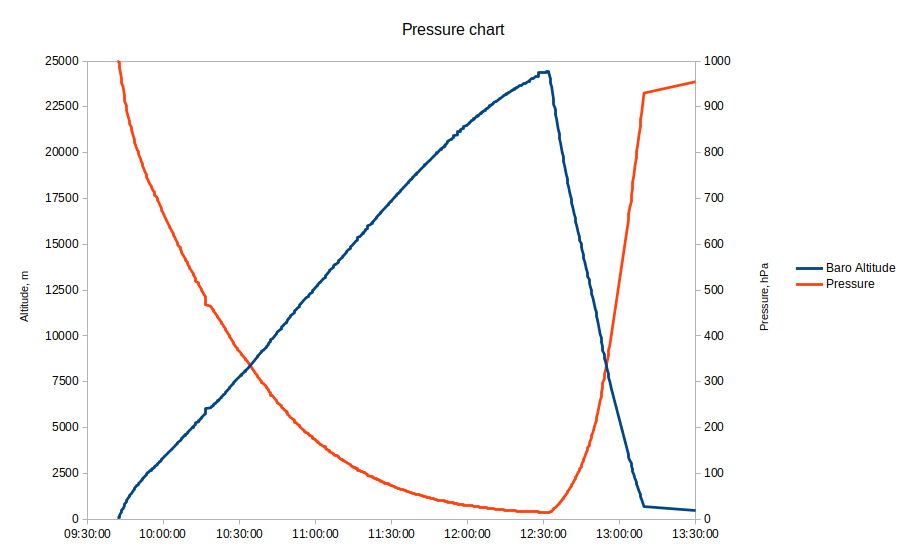
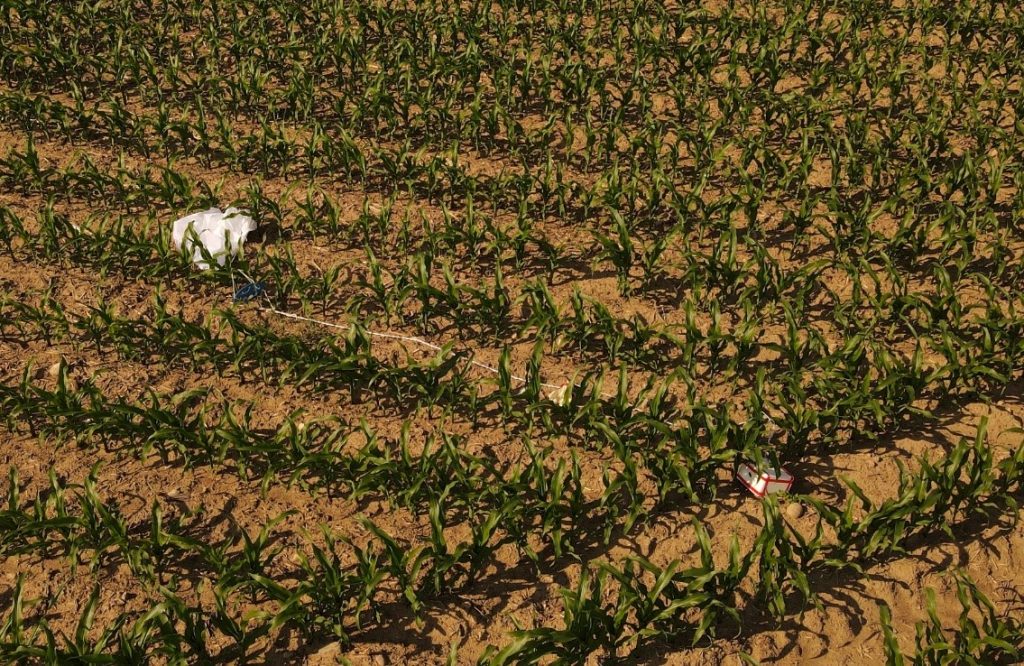













Great project!
How does law looks like? As for UAVs you are forbidden to fly with recording camera anywhere close to people and buildings. And distance is defined as distance from projection on the ground of the UAV.
Similar problem with weight: this baloon has 500g-2000g, so you would have to keep min. 50m horizontal distance from uninvolved people. Technically balloon is Unmanned Aerial Vehicle, but is it defined in some different manner in law?
Super, pięknie – 98.2% atmosfery zostało pod balonem, czyli tylko 1.8% dzieliło Was od kosmosu.
Może balony ver. 2.0 pompowwać tylko w części? Muszą być oczywiście większe, ale strzelą dużo później (nawet ok. 40km nad Ziemią).